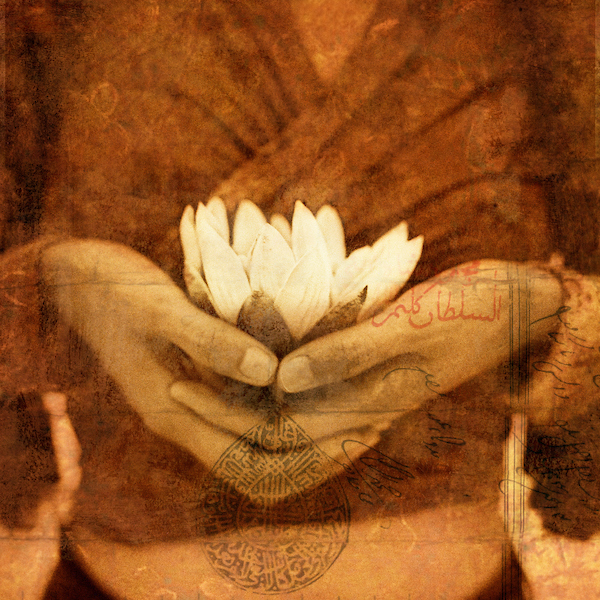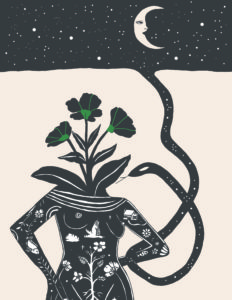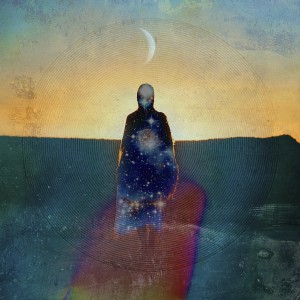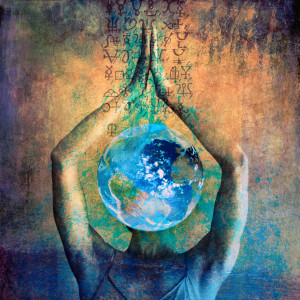It’s incredible the shift that’s occurred within the public realm with the #metoo movement. I’m grateful to see how many women are feeling empowered to share their experiences with the wider world. Bringing this shadow around the treatment of women to light has the potential to be incredibly transformative and healing. But what’s missing from the discussion that I’ve seen is the recognition of how these experiences have the potential to forever alter the ways that women interact with the world. It feels too simplistic to say #metoo without also acknowledging the collective damage that’s been done to the progress of our world through hiding these incidents away with fear, shame, and denial.
I can only speak for myself, but my #metoo incidents compromised my ability to function in the world on a daily basis. After being raped as a Peace Corps volunteer, victim-blamed for it by my Peace Corps counselor, and then living in an emotionally abusive relationship for 3.5 years, I spent much of the following nine years spinning in PTSD episodes on a daily basis. It took me eight years to even know I had PTSD and then another six months to finally seek treatment.
After I was raped, Peace Corps provided 40 days of counseling that trained me to see each mistake I had made that led to the attack. They told me I was responsible for being raped and only allowed me to stay in the program after I wrote and signed a letter accepting my responsibility for the attack, apologizing, and sharing the ways I would make sure it would never happen again. At the time I was grateful for the support, but in hindsight I realized all the ways I had internalized their victim-blaming attitudes. As a result, for years I had a strong unconscious fear and aversion to any form of counseling or treatment. I tried a couple times, but I was triggered whenever they asked about the rape. I wouldn’t go back after. I thought everyone knew that the attack was my fault and that any path toward healing would have to be my own responsibility. I didn’t want to live through an ongoing nitpicking of where I went wrong ever again. Except the one I was already unconsciously inflicting on myself.
On a conscious level I thought I was already healed. I thought the counseling after the attack was enough, and I felt like my life was okay. I’d adjusted to a false sense of health and stability, when in reality I was operating from a fear-based place and living in fight-or-flight mode much of the time. I spent most of my intimate partnerships spinning in PTSD, never being sure if I was safe. Struggling to fall asleep next to partners. Unable to stay fully present during sex. Spinning as soon as there was any hint of emotional deregulation, if my partner was upset or if conflict was in the field. I was spinning for multiple hours every day.
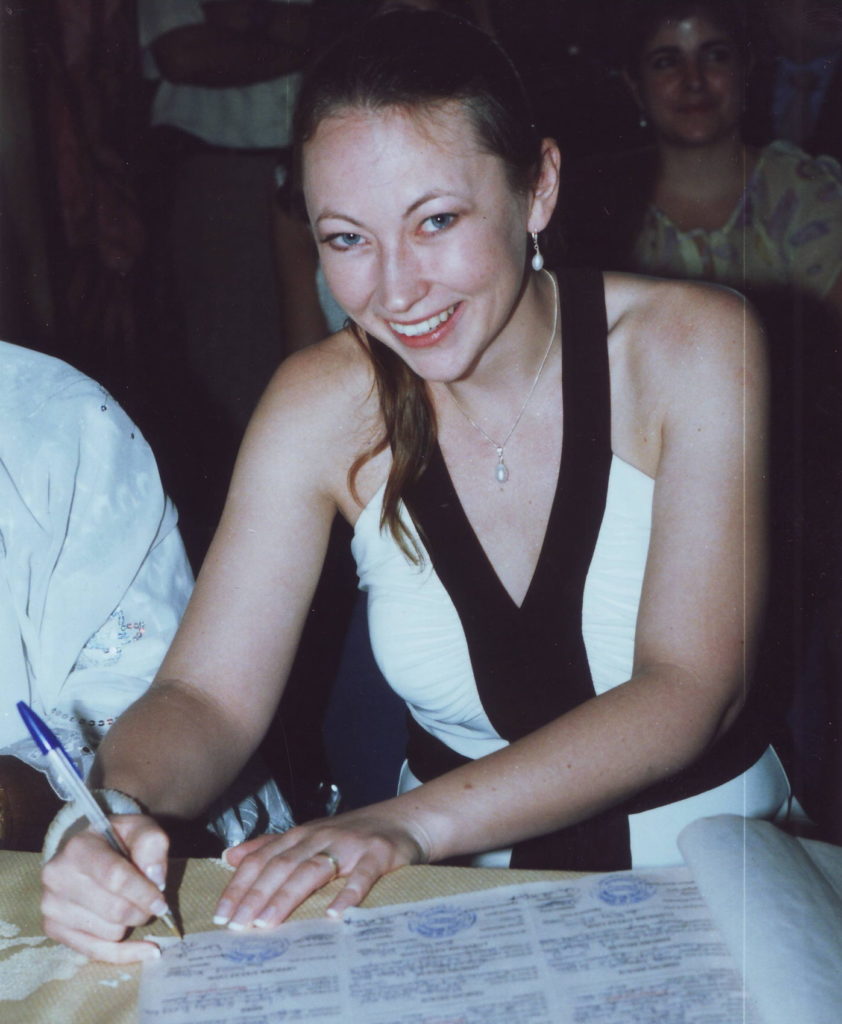 The author on her wedding day in 2008.
The author on her wedding day in 2008.
As I understand it now through the therapy I received last year, it was the secondary trauma of the emotionally abusive relationship that gave me PTSD. The initial trauma of the rape was devastating, but for the most part I was moving through it. When my emotionally abusive relationship started a little more than a year after I was raped, it solidified the fight-or-flight pattern within me. Now I can see that I unconsciously initiated the relationship with my ex-husband because I had just moved to the city where I’d been attacked and was terrified of running into the man who raped me; my ex-husband made me feel protected from other men. He was the most intimidating of the men who’d expressed interest in me and also the most into me. He love-bombed me from the start and carefully observed my every move.
The emotionally abusive relationship gave me the validation I could not give myself. It proved I was lovable, in spite of the rape. He offered me safety and protection from the outside world, and other men in particular, while using his power to manipulate and control me. I didn’t have the sense that anything better would be waiting for me even if I gathered the strength to leave. I thought he loved me and I was sure no one else would, because I saw myself as damaged. He reinforced this by making it clear that the rape was something he had to accept about me as well. It tormented him.
On our wedding night he told me that he’d had the man who raped me (who had previously gone unpunished) beaten and thrown in jail two years before, and that he was still in jail. Whether this is true or not I don’t know. What I do know is that his response to a violent act against his partner further perpetuated violence. He saw it as his role to defend and protect me, to enact revenge even when none was sought on my part. We all need to be part of the solution to these issues, but perpetrating additional violence in such a vigilante way made me ill. It gave me greater insight into the man I’d just vowed to spend my life with.
Even following the divorce, when I was living back at home in Minnesota with a new partner, the PTSD surfaced and persisted. I didn’t know what it was, I only knew there were times every day when I had no idea what to do. Where I felt out of control and unsure of what decision to make. I would find myself assessing what others wanted from me in any given situation and trying to act accordingly—but without any sense of presence. My mind was projecting an unsafe past onto the present moment and instructing me to act accordingly. This meant that with any low-grade conflict, my body would enter into a panic state and I would flee as soon as I had an opportunity.
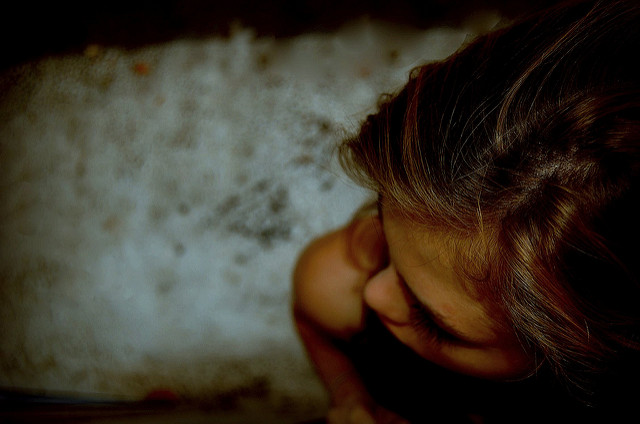
On a daily basis, peeing in public restrooms was the single most triggering experience for me. During the attack I’d had to pee and the perpetrator pointed me toward the tiny, dark closet-sized squat bathroom. There was no way I was going to risk being trapped in there, so instead I popped a squat over the drain in the middle of the entryway with him watching me.It was one of the most vulnerable moments of my life. So it makes sense that peeing with anyone else present would become a primary trigger for me.
After the attack I was usually fine as long as I was alone in a bathroom, but as soon as anyone else entered, or if someone was already there, I would start to spin. My body would freeze and tense up, and no matter how long I sat on the toilet and tried to either gently or angrily mentally coax myself into peeing, nothing would come out. Bathrooms with only two stalls and a line were by far the worst. My mind would constantly question if others could tell I was taking too long, if they had to wait, if they thought I was strange, or who was in the bathroom. If there was someone there and the bathroom was not too frequented, I would wait it out, peeing as soon as I heard the door shut. If the opportunity to be alone didn’t come, sometimes I would leave the bathroom and go hours without peeing—meanwhile fearing my bladder would explode from the pain and unable to focus my attention on anything else.
My life went on like this for 8.5 years. Finally, during therapy, I broke down and said I couldn’t live like this anymore. So much of my day was consumed by scouting for bathrooms, peeing two or three times before I left the house just to be sure, going to restaurants that I knew had individual restrooms. It was too much. I was exhausted.
In the summer of 2016, my therapist named my experience as PTSD. I remember pausing after she said those words. To have a name for what I’d been experiencing felt like freedom. I cried with relief, as I knew there were therapeutic approaches that could help me overcome it. From there I sought EMDR treatment, and now I can say that 90 percent of the time I don’t give peeing a second thought. Once in a while if something else has triggered me, it still becomes an issue, but I don’t get hung up on it. I just wait a bit and try again. I’ve been able to turn my attention to living my life and to the present moment most of the time. It’s incredible the amount of energy I’ve regained. I’m collecting pieces of myself I’ve not seen since before I was raped and embodying my power in ways I never have. It’s ongoing work, and the reactions still surface, but the gift lies in the awareness and tools I’ve learned to bring me back to the present moment.
I share this as one example of how a life can be so minutely impacted on a daily basis from the destruction of the #metoo incidents. Even this is just a small facet of how my life was altered. Now multiply that by thousands, and then again by millions. Each life affected in its own ways, for both the perpetrators and survivors. Whether minor or horrific, trauma is trauma. There’s nothing gained in comparing one horror to another. What needs to enter the conversation is how we can heal as a collective through surfacing the shadow, taking responsibility for the current state of our world and women’s status within it, and authentically acknowledging the full and complete picture of the damage that’s been done. And also of the post-traumatic growth, strength, and resilience that we’ve gained that will allow us to lead this world in a different direction. The time is now and we are the ones we’ve been waiting for.
Illustration by Elena Ray

